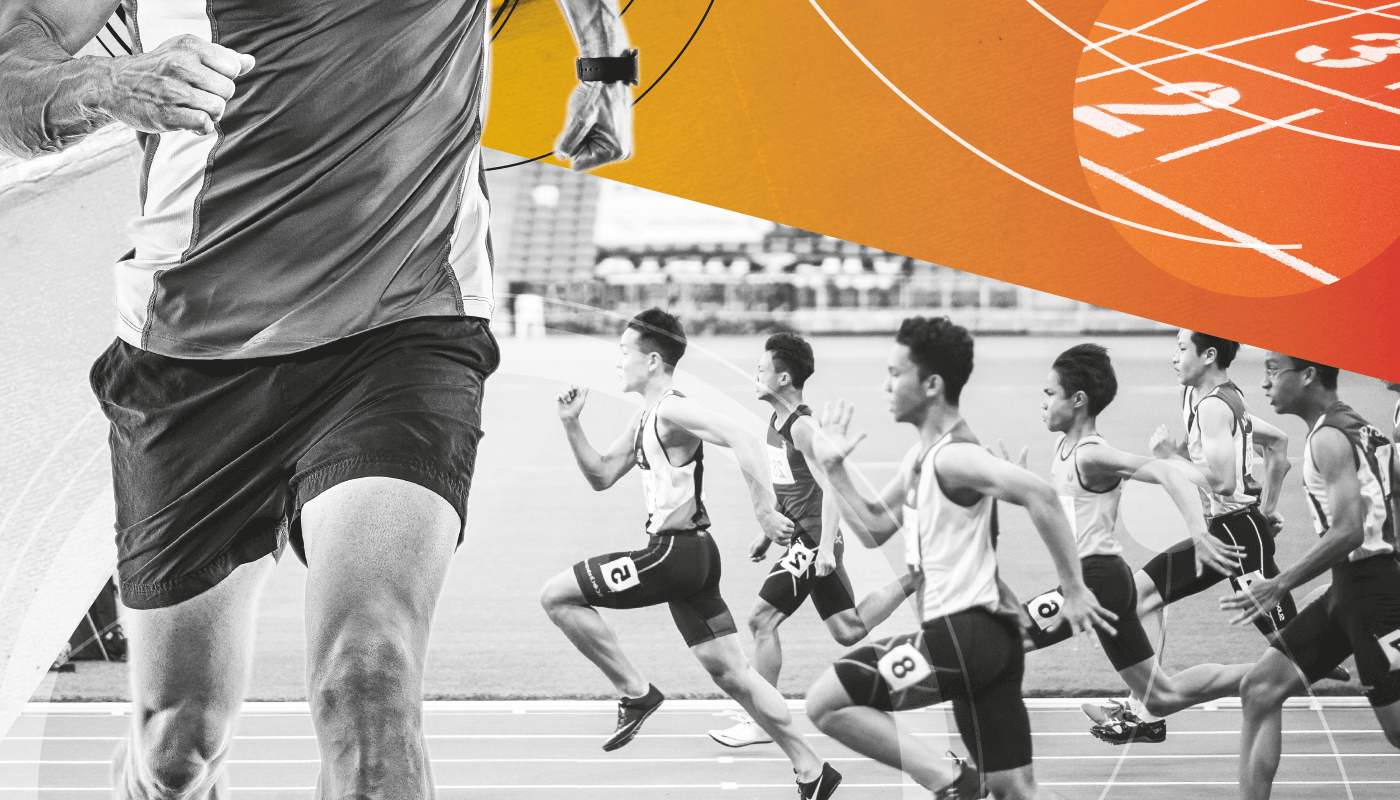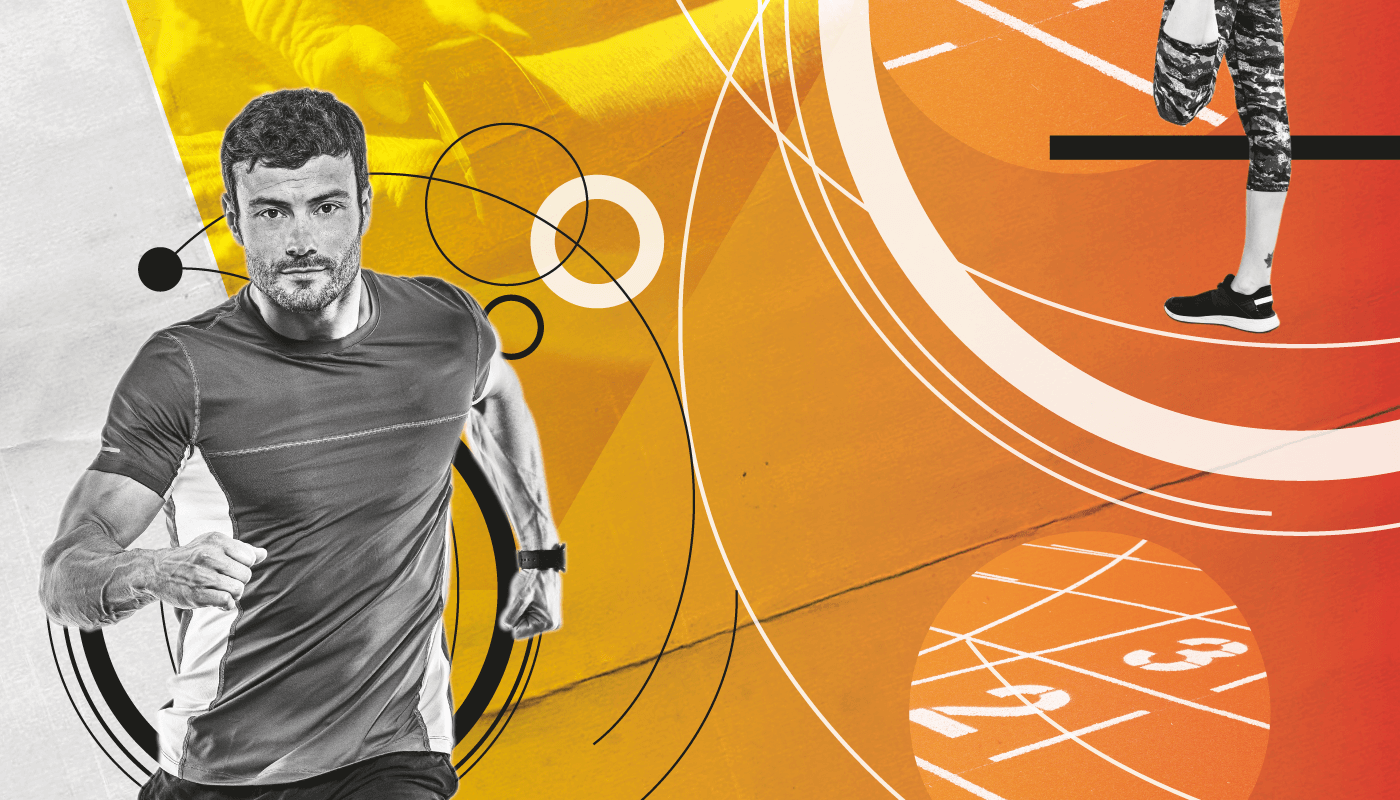
Refractive surgery is often sought by professional athletes. These individuals have to perform at their peak and, therefore, do not wish to be hampered by poor vision quality or hindered by contact lenses or glasses. To treat this specialized population of patients, I need to have a very high level of confidence in my ability to provide the best possible outcome – and, yes, before you bombard me with emails, that’s no different to how I approach every patient in my practice. The difference? When it comes to recovery for professional athletes, postoperative effects demand serious consideration. Here, I present my top tips for treating sportspeople.
A sporting chance
First, I ensure that the patient has realistic expectations and a clear understanding of all of their options for vision correction – and that includes considering spectacles, contact lenses, or both. It has also long been known that, depending on the sport, there are different levels of risk for eye injury. If an athlete chooses to wear spectacles, they should consider protective eyewear with shatterproof plastic. Although spectacles eliminate the risk of hand-to-eye contact (see COVID-19 considerations), they can be uncomfortable, distracting, and can fog up, thereby reducing vision quality during high-intensity activities.
If the athlete is keen to ditch the spectacles (or contacts), laser vision correction is an excellent alternative. Nevertheless, it is important to remember that a professional athlete (just like any patient) needs to be an ideal candidate for his or her chosen laser vision correction procedure – without any pre-existing conditions that could potentially lead to a less-than-perfect outcome.
During the pandemic, it should be noted that COVID-19 can spread through the eyes in the same way that it spreads through the mouth and nose. During the pandemic, the American Academy of Ophthalmology recommends that patients wear spectacles instead of contact lenses because contact lens wearers touch their eyes more frequently than those who do not, and there is evidence that COVID-19 can be present in tears. Stopping patients from putting their fingers in their eyes to insert a contact lens is going to reduce the risk of a potentially acquired COVID-19 infection.
Sticking to the rules
We use a thorough and systematic approach for screening and evaluating patients for laser vision correction. First, we perform meibomian gland imaging (LipiScan, Johnson & Johnson) to examine the structure and condition of the meibomian glands and assess any meibomian gland dropout. We also use the Antares Dry Eye Disease Diagnostic System (Lumenis) to measure focal tear break up times across the surface of the cornea. Another extremely helpful diagnostic tool (HD Analyzer, Visiometrics) is used to screen for potential vision fluctuations, identify other potential tear film abnormalities, as well as early corneal or lenticular opacities. Finally, we use a Scheimpflug camera (Pentacam, Oculus) for anterior segment analysis. The Pentacam’s Belin/Ambrosio Enhanced Ectasia Display is extremely helpful in identifying early keratoconus or other corneal ectasias that would potentially exclude patients from corneal refractive surgery. After completing these four diagnostic modalities and a detailed slit lamp examination, we feel prepared to make treatment decisions that will optimize patient outcomes.
Picking a victor
There are pros and cons to every procedure. For example, PRK has a much slower recovery period compared with other procedures. After PRK, it may take a patient’s vision 4–6 weeks until it is optimized, which can create challenges for a high-level athlete who cannot afford the downtime. If a patient has dry eyes, LASIK is often ruled out because it could potentially further aggravate the condition, which could result in fluctuating vision. Athletes simply cannot afford to risk sacrificing their vision quality. I also consider SMILE, a newer procedure that provides the benefits of LASIK — fast recovery and outstanding vision — with the benefits of PRK — a reduction of risks like dry eye, ectasia, or other flap-related complications. It is not uncommon for patients who have undergone SMILE to have a postoperative visual acuity of 20/20 or 20/15 on postoperative day 1. Indeed, in my experience, SMILE has the “wow” factor – instantaneously great vision – of LASIK, but with a better safety profile than other corneal refractive procedures.
I recently performed SMILE on Payton Chadwick, an Arkansas Razorback Track National Champion, who was training for the Olympics at the time of her procedure. For Chadwick, fast recovery and safety were priorities, which played a big role in her choice of laser vision correction. Chadwick’s vision was 20/20 one week after the surgery. Prior to her surgery, she was legally blind without glasses or contact lenses. Due to her success, her husband, Cannon Chadwick, a former major league baseball player, subsequently underwent SMILE.
For most patients, we perform refractive procedures on Thursday afternoons. This allows individuals such as Payton Chadwick to have a long weekend to recover so that they can return to their normal work or training schedule by the following Monday. With LASIK and SMILE, patients typically see quite well within 24 to 48 hours, but may have some foreign body sensation, mild photophobia, and intermittent blurred vision in the early postoperative period. These effects are due in part to the topical antibiotic and anti-inflammatory medication used after surgery. Thankfully, most patients are thrilled and a bit surprised how quickly they recover following surgery.
Podium finish?
Professional athletes need to operate at peak performance as soon as they possibly can after undergoing laser vision correction. In my view, by selecting SMILE, sportspeople can receive impeccable outcomes and incredible safety, which allows them to not only maintain their performance, but also enhance their capabilities in their sport of choice.

